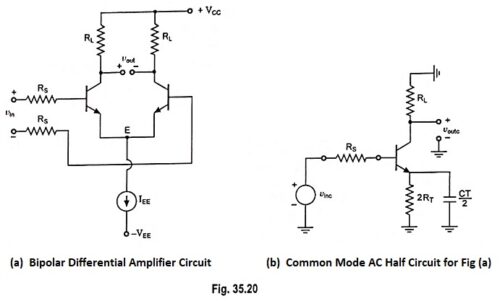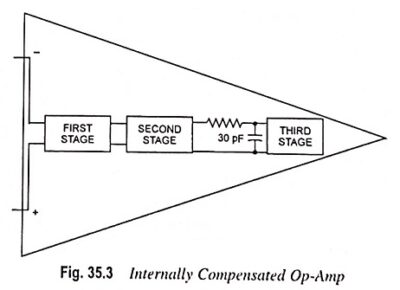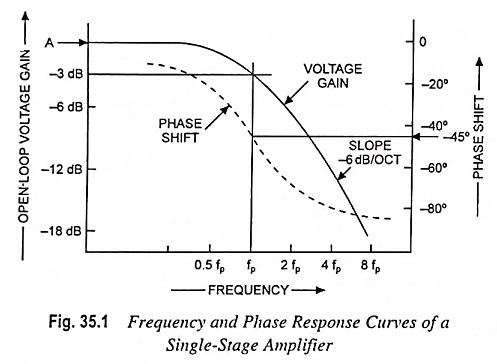Frequency Response of Common Mode Gain of Differential Amplifier
Frequency Response of Common Mode Gain of Differential Amplifier: Low values of common-mode gain are desirable so that the circuit can reject undesirable signals that are applied equally to both inputs. The common-mode (CM) gain…
Comments Off on Frequency Response of Common Mode Gain of Differential Amplifier
February 16, 2023


